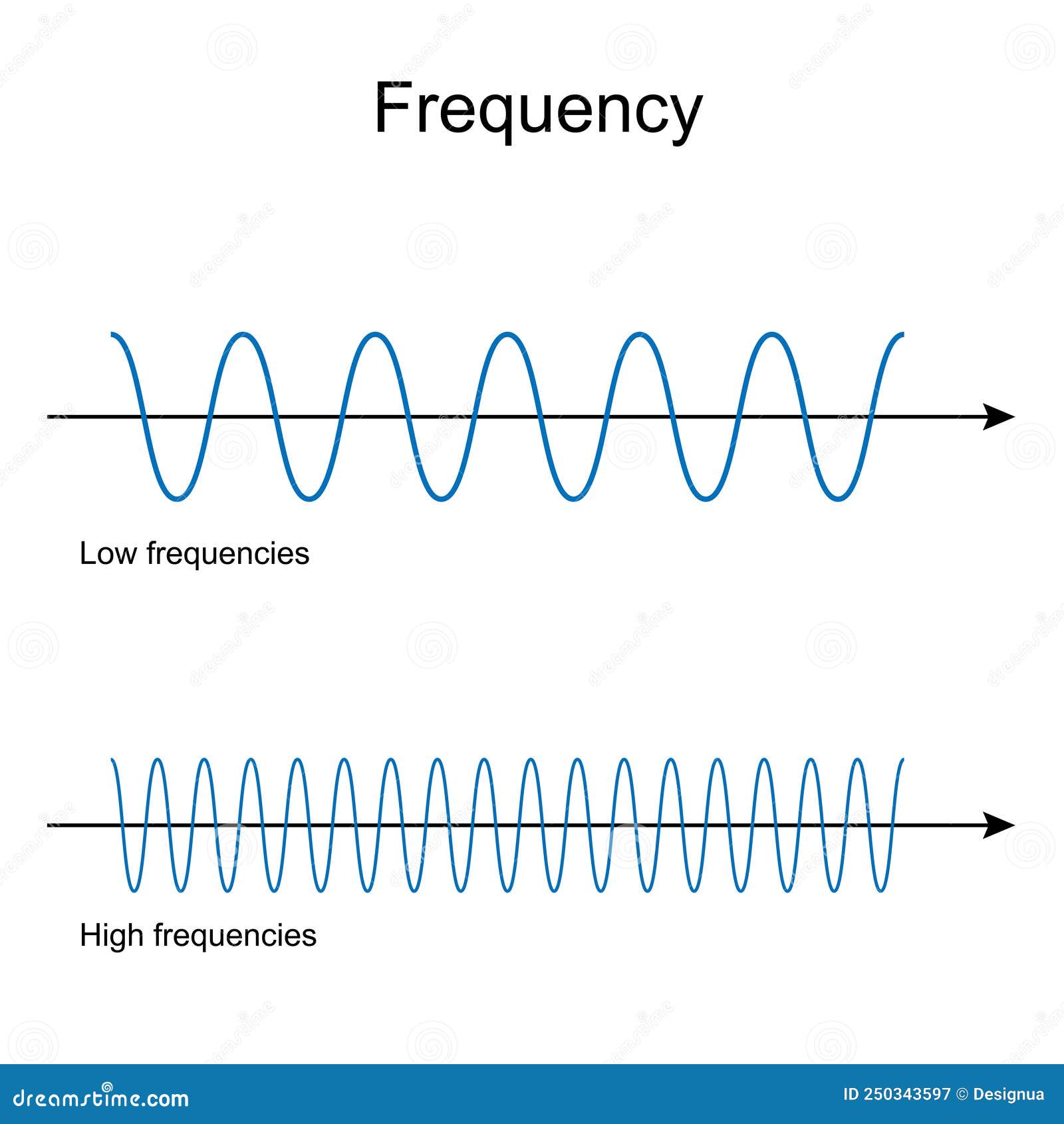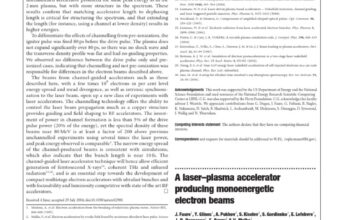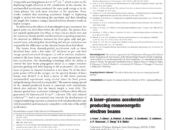In the realm of photonics, the pursuit of undistorted signal transmission has spurred the development of various innovative technologies. Among these, frequency combs stand out as an extraordinary tool, akin to a master conductor orchestrating a symphony of light. Their ability to smooth out optical fiber signals has intrigued researchers and engineers alike, as they unravel the complexities associated with high-speed data transmission over optical networks.
A frequency comb is a unique light source comprising a set of discrete, equally spaced frequencies, resembling a finely tuned piano keyboard. This analogy serves well in conveying how frequency combs enable precise frequency management in optical systems. Each “note” corresponding to a frequency can be manipulated to harmonize with the transmission spectrum of optical fibers, effectively facilitating the propagation of data with minimal distortion.
The fundamental principle behind frequency combs lies in their broad bandwidth and the precise control they offer over light frequency modulation. By generating a spectrum of wavelengths that are evenly spaced, frequency combs serve as reference markers, akin to the ticks of a clock, allowing for accurate temporal and spatial analysis of the transmitted signals. This characteristic is particularly vital in addressing the inherent challenges posed by chromatic dispersion in optical fibers, which tends to impair signal integrity as it traverses diverse wavelengths.
Chromatic dispersion, the phenomenon whereby different wavelengths of light travel at varying speeds through a medium, results in pulse broadening. This unwanted dispersion can transform crisp data pulses into indistinct, overlapping signals, complicating the task of decoding the information at the receiver’s end. Frequency combs proficiently tackle this issue by offering a method to counteract the effects of chromatic dispersion. Their evenly spaced frequencies allow for the creation of advanced modulation formats rather than conventional on-off keying methods, enhancing spectral efficiency and diminishing the adverse effects of distortion.
Additionally, frequency combs empower the utilization of advanced error-correcting codes. By maintaining the integrity of individual frequencies within the comb, systems can intelligently reconstruct the original signal, even in the presence of noise and interference. This ability to enhance signal quality not only augments data rates but also expands the reach of optical networks, ensuring that even long-distance transmissions retain fidelity.
The relationship between frequency combs and optical fibers can be further elucidated through the lens of interference patterns. Just as waves on the ocean can either clash, creating turbulence, or harmonize, yielding calm seas, so too can optical signals behave in their interactions. The introduction of a frequency comb into this mix can facilitate constructive interference, optimizing signal strength and clarity. This interplay between frequency combs and optical fibers delineates a profound transformation in how information can be conveyed through light.
Moreover, the versatility of frequency combs extends into the domain of frequency division multiplexing (FDM). Traditional FDM systems often encounter bandwidth limitations, leading to inefficiencies and increased complexity in managing signal channels. Frequency combs, however, mitigate these challenges elegantly. With their ability to generate multiple closely spaced frequencies, they allow for dense packing of channels, maximizing the utilization of available bandwidth while mitigating inter-channel interference.
As research and technology advance, the integration of frequency combs into quantum communications emerges as a particularly riveting application. Quantum communication systems, known for their security and privacy advantages, demand precision in their operations. Frequency combs not only facilitate the essential synchronization of quantum states but also bolster the transfer of quantum information across long distances, bridging the gap between classical systems and the burgeoning field of quantum optics.
The implications of harnessing frequency combs are profound, transcending mere technical applications. Their introduction into optical systems resonates with a poetic undertone; the transformation of chaos into order, noise into clarity. This metaphor extends beyond the confines of physics and engineering, echoing themes of harmony and precision that are inherently human pursuits.
In the landscape of information technology, where bandwidth is akin to the lifeblood of communication networks, frequency combs represent a revolutionary tool for enhancing signal transmission. The clarity and efficiency of optical signals, once burdened by the challenges of dispersion and noise, are now elevated to new heights through the innovative use of finely tuned light. This evolution promises not only to bolster existing infrastructure but also to pave the way for future breakthroughs in data communication, imaging systems, and quantum technologies.
In conclusion, the interplay of frequency combs with optical fiber signals encapsulates a crucial advancement in modern photonics. Their ability to refine and enhance the quality of data transmission parallels the timeless quest for precision in the scientific endeavor. As the world becomes increasingly reliant on instantaneous communication, frequency combs stand at the forefront, poised to illuminate the path forward, leading us into an era of unprecedented optical connectivity.












